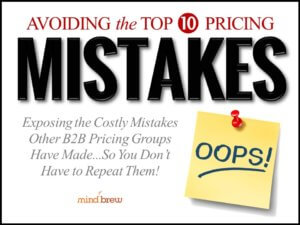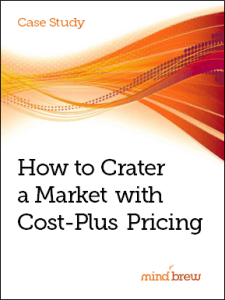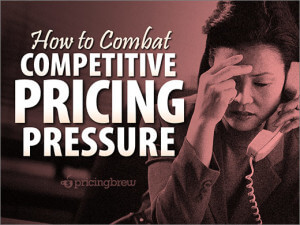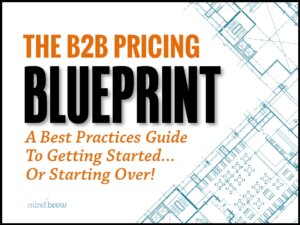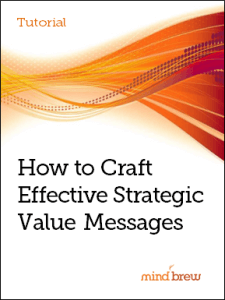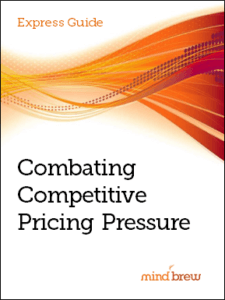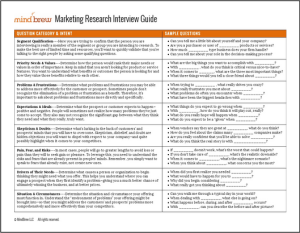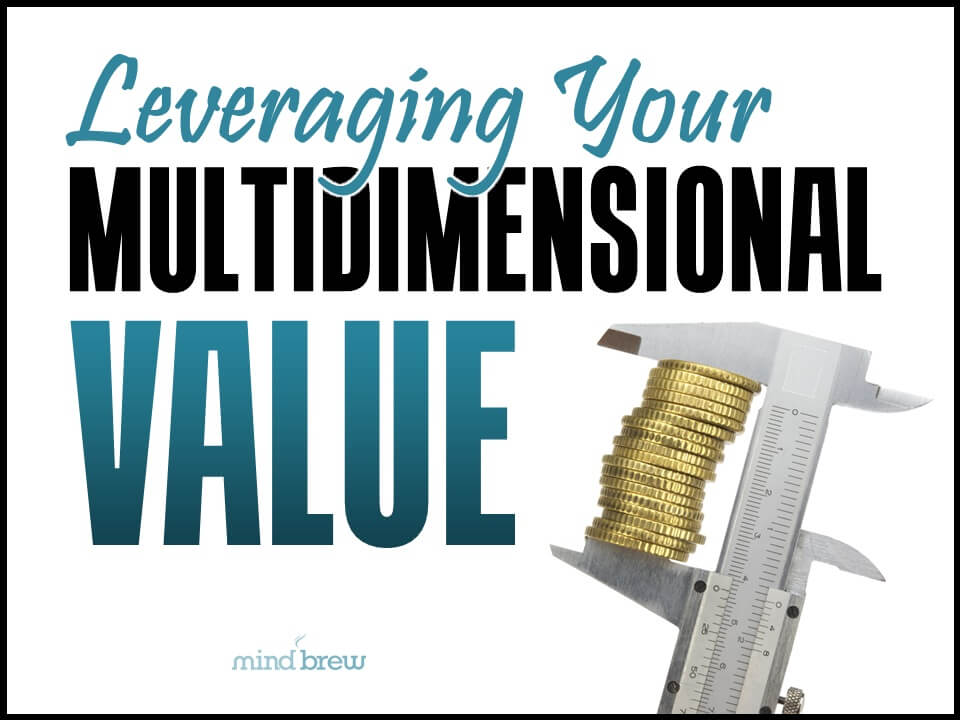No, this isn’t going to be a post about pride and gluttony, but we are going to cover some “deadly sins.” Our goal isn’t to make you feel the some sort of deep guilt; however, if you’re currently making one of these fatal pricing errors, we really, really hope you’ll repent.
Everyone makes mistakes — we get that. Still, some mistakes come with much bigger consequences than others. In the same way that stealing a candy bar from the grocery store when you are eight years old is a lot different than murdering someone in cold blood, some pricing mistakes are a whole lot more serious than others.
We call these three mistakes the “deadly sins” because they can truly result in death — of your company and your career:
- Cost-plus pricing. If you’re still setting prices by adding a certain percentage to your costs, you need to stop now. This internal focus is the wrong perspective because it leaves the customer out of the equation. Let’s say you arbitrarily decide you want to make a 20% profit on all your products across the board, and you price accordingly. Undoubtedly, some customers might be willing to give you 30%, 40%, or even 50% margins on some of your products. If you just charge 20%, you’re leaving a lot of money on the table. For other products or customers, 20% might be too much, leading to a dramatic drop in sales. And in the worst case scenario, cost-plus pricing can lead to huge competitive pressures that ultimately drive down the value of the entire market. Don’t do it.
- Chasing the competition. Being too internally focused isn’t the only way to ignore the customer — you can also be too externally focused if what you are paying attention to is the competition. Meeting or beating your competitors’ best offer might seem like a good idea, but you’re adopting a very foolhardy strategy. It will likely inspire the other companies in your market to lower their prices, setting off a race to the bottom where no one really wins. Instead of competing on price find a way to offer your customers the value they are truly looking for. That way everyone gets what they want.
- Not truly aligning to customer value. Far too many companies assume they know what their customers want. Maybe a veteran salesperson claims to know everything about the market, and everyone listens. Maybe marketing has a slick two-sided sheet detailing the key selling points for your products. Maybe it’s the product team who decided what your customers want. Any of these groups may be right, but you don’t know for sure unless someone has actually talked to the customers. Don’t base your pricing on your best guess about why your products or services are valuable to your customers. Do the research and go through the process of exposing your differential value. After all, the customers’ opinion of the value of your product is the most important consideration in setting prices. And you don’t want to base something that important on a guess.
If you’re committing one of these “deadly sins,” stop whatever you are doing right now and figure out a way to fix it.
If not, good job. But you don’t get off scot-free either. Pricing teams can (and do) make plenty of other horrendous mistakes every day. The webinar Avoiding the Top 10 Pricing Mistakes points out some of the worst errors and explains how you can avoid them.
You don’t have to do everything perfectly, but if you can keep from committing these worst pricing sins, you just might make it to pricing heaven — or at least, keep your job.

